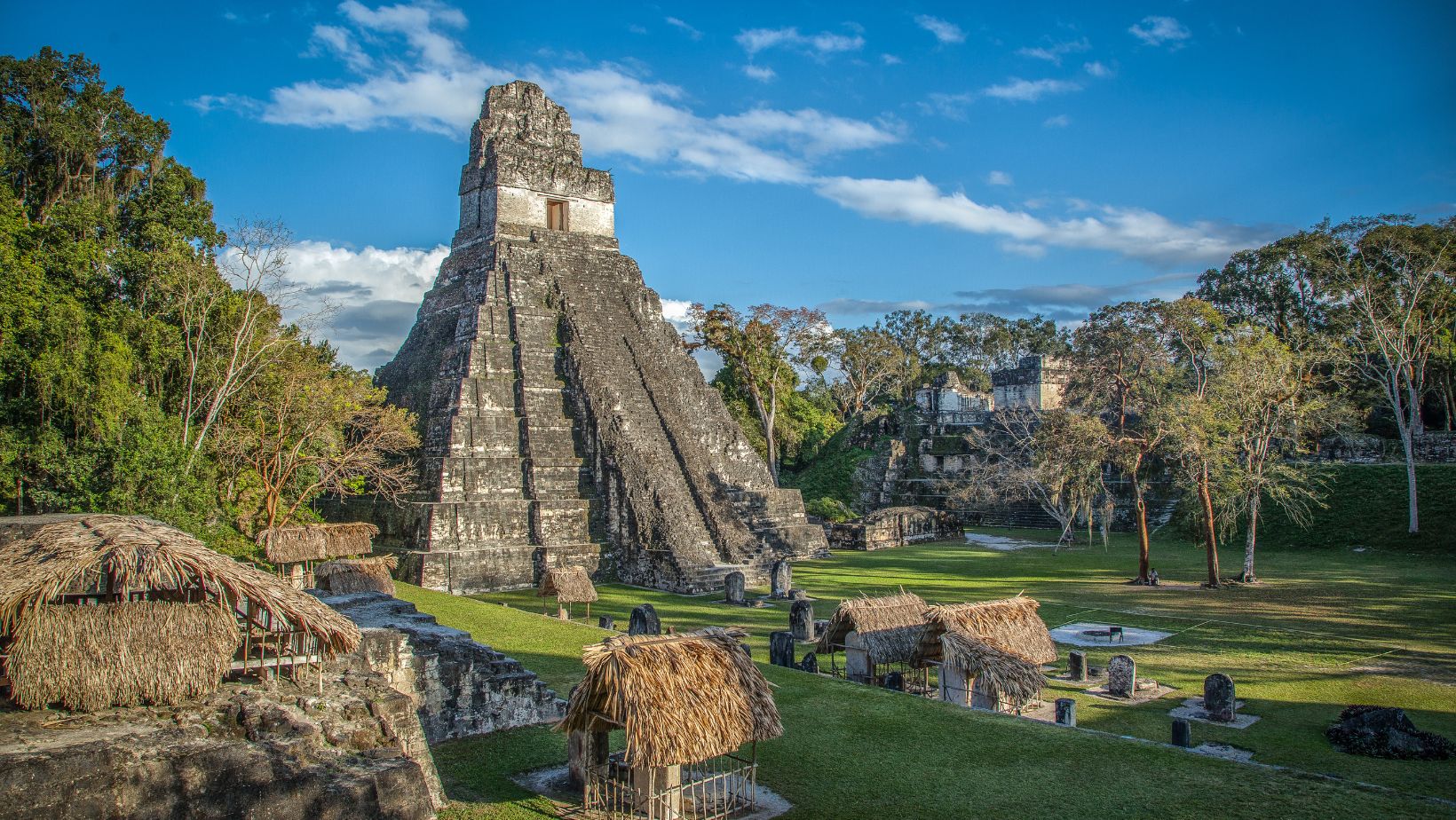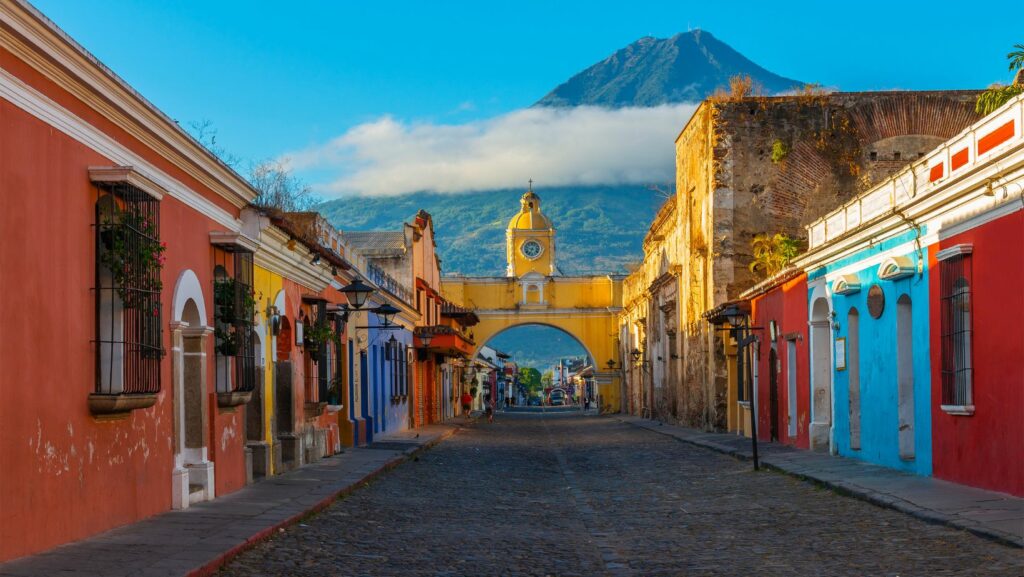Nestled in the heart of Central America, Guatemala City pulses with a vibrant blend of ancient traditions and modern influences. This bustling metropolis, the country’s capital, serves as a cultural epicenter where history and contemporary life intertwine seamlessly. From its colorful markets to its dynamic arts scene, the city offers a rich tapestry of experiences that captivate both locals and visitors alike.
Guatemala City Culture

Guatemala City’s architecture blends colonial and modern styles. The Metropolitan Cathedral, built in the 18th century, stands as a testament to Spanish colonial influence. Visitors often admire its intricate facade and historical significance. Nearby, the National Palace of Culture showcases neoclassical architecture, serving as both a museum and government building.
Modern structures, like Torre del Reformador, represent the city’s growth. Inspired by the Eiffel Tower, this monument commemorates Justo Rufino Barrios, a progressive reformer. Another noteworthy landmark is the Relief Map, a large-scale topographical map of Guatemala. It provides a unique perspective of the nation’s geography.
Zone 1, the city’s historical center, features numerous restored buildings and plazas. The Mercado Central, with its vibrant markets and local craft shops, is a popular destination here. This area highlights the city’s architectural evolution, reflecting its rich cultural heritage.
Arts and Music

Guatemala City’s arts scene thrives with traditional and contemporary forms. The National Museum of Modern Art features works by prominent Guatemalan artists, including Carlos Mérida and Efraín Recinos. This museum is a crucial space for understanding the development of modern art in Guatemala.
Music, central to Guatemalan culture, ranges from traditional marimba to contemporary genres. The marimba, a national symbol, often features at local celebrations and public events. Live music venues in Zona Viva and cultural events across the city showcase jazz, rock, and electronic music, reflecting the city’s diverse musical landscape.
The Centro Cultural Miguel Ángel Asturias, the city’s premier performing arts venue, hosts theater productions, concerts, and dance performances. Named after the Nobel laureate, this cultural center celebrates both local talent and international acts, making it a cornerstone of Guatemala City’s vibrant cultural life.
Art galleries such as El Attico and Proyecto Poporopo regularly exhibit contemporary pieces, supporting emerging artists and fostering creative expression within the community. These spaces are essential to the evolving art scene, offering visitors a glimpse into Guatemala City’s dynamic cultural fabric.
Festivals and Celebrations

Guatemala City hosts a range of vibrant festivals and celebrations that highlight its rich cultural fabric. The most notable is Semana Santa (Holy Week), marked by elaborate processions, colorful altars, and traditional sawdust carpets called alfombras. Held in April, this event attracts visitors worldwide.
In September, the city’s Independence Day features parades, live music, and fireworks, celebrating Guatemala’s freedom from Spanish rule. Concerts and traditional dances enliven the city during this festive period.
Fiestas de la Virgen de la Asunción in August honors the city’s patron saint. Events include religious ceremonies, parades, and local food fairs. Another significant celebration, Día de los Muertos (Day of the Dead) in November, involves vibrant kites flown in nearby Sumpango, symbolizing communication with deceased loved ones.
The Festival de Barriletes Gigantes, also in November, showcases giant kites created by local artisans, merging artistic expression and cultural tradition. These events illustrate Guatemala City’s dedication to preserving and celebrating its diverse heritage.
Cuisine and Dining
Guatemala City’s cuisine reflects its rich cultural diversity. Traditional dishes like Pepian, a thick meat stew, and Kak’ik, a turkey soup with Mayan origins, are staples. Street food is abundant, with vendors offering Pupusas (stuffed tortillas) and Tamales (corn dough filled with meats or vegetables). Markets such as Mercado Central provide a wide variety of fresh produce and local delicacies.
Restaurants in Zona 10, known as Zona Viva, offer a range of dining options. Fine dining establishments serve gourmet Guatemalan dishes alongside international cuisine. Popular spots include Flor de Lis, which offers modern takes on traditional flavors, and Ambia, known for its innovative fusion dishes.

